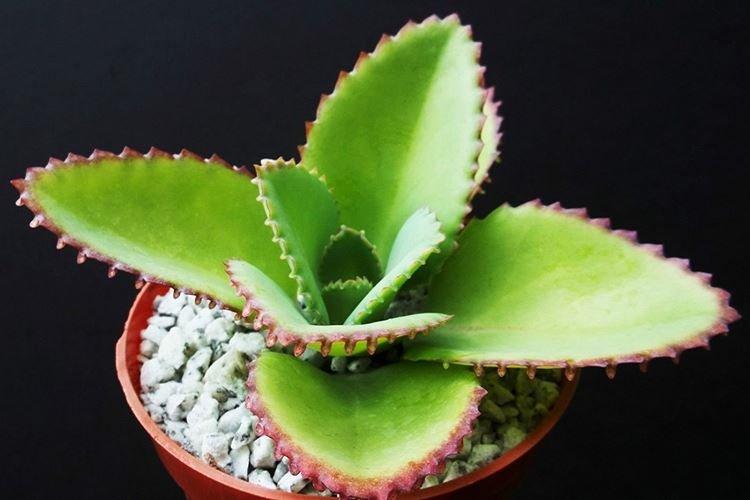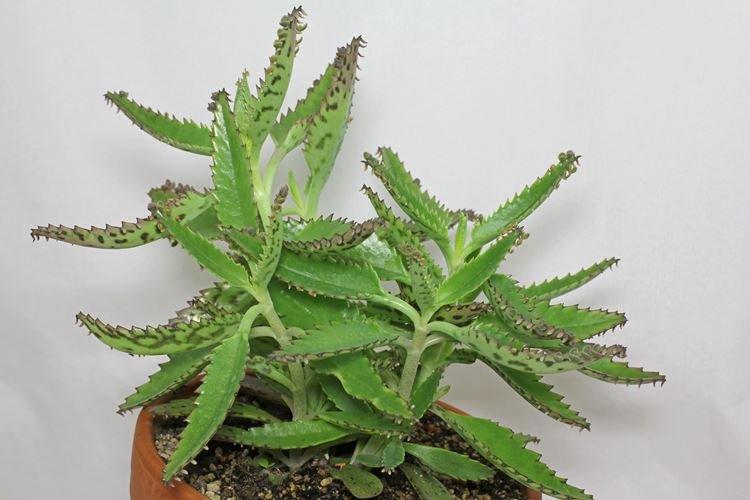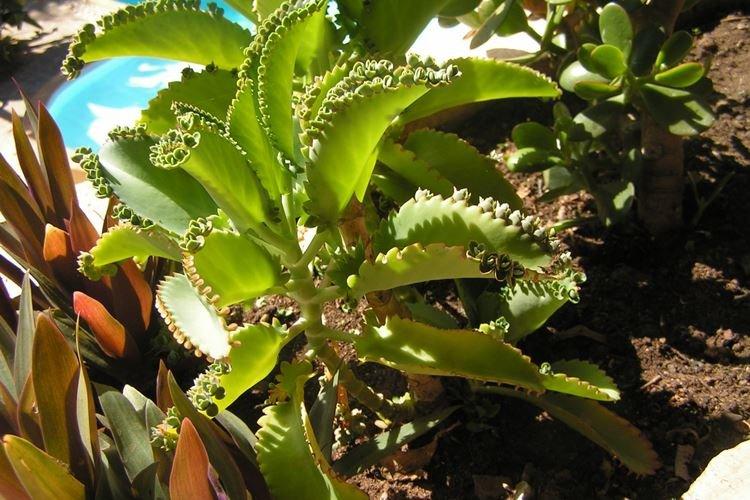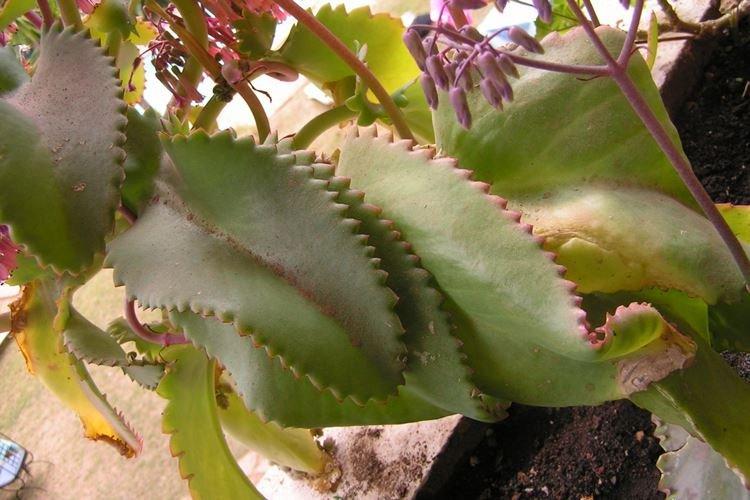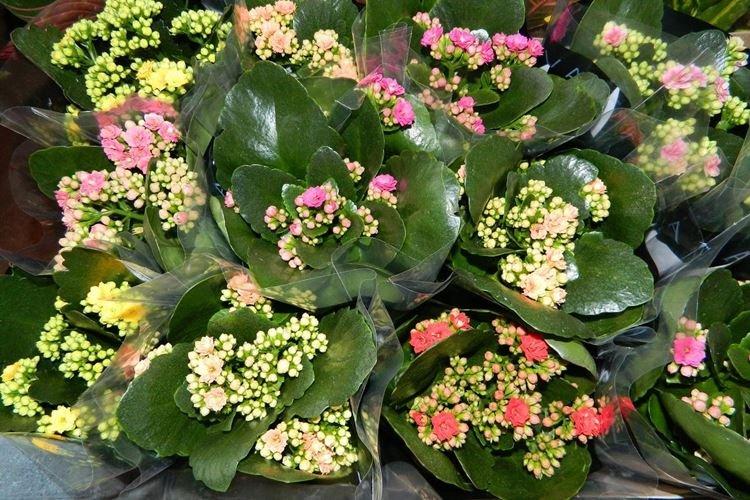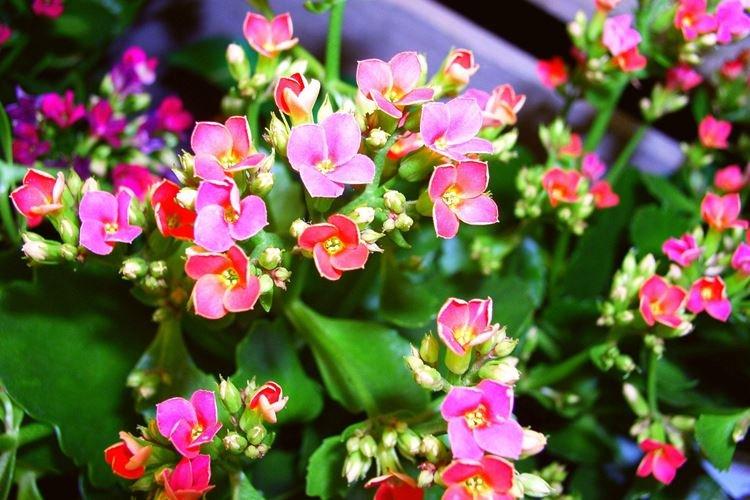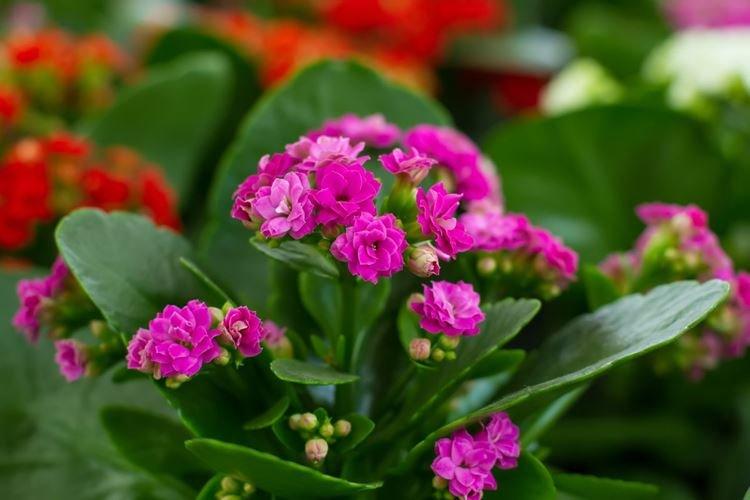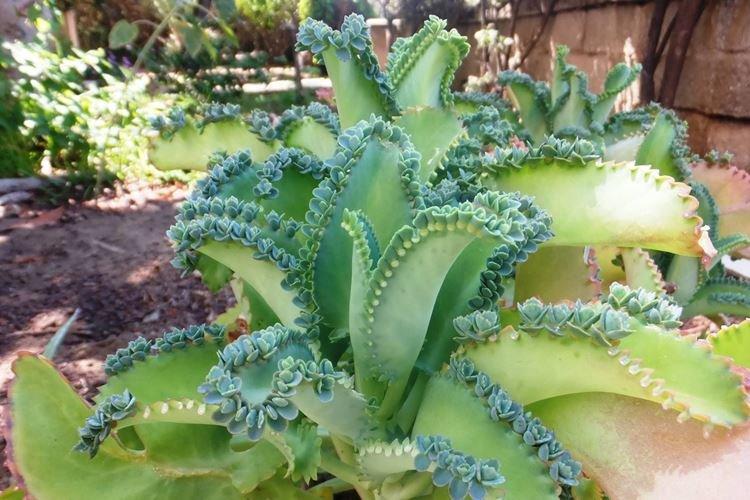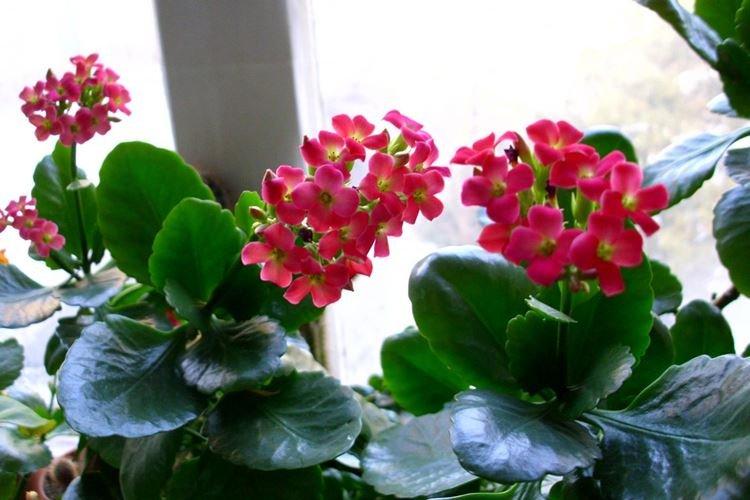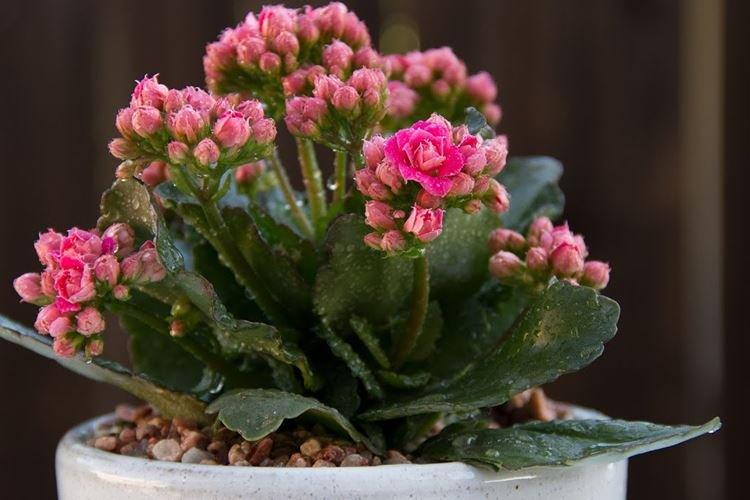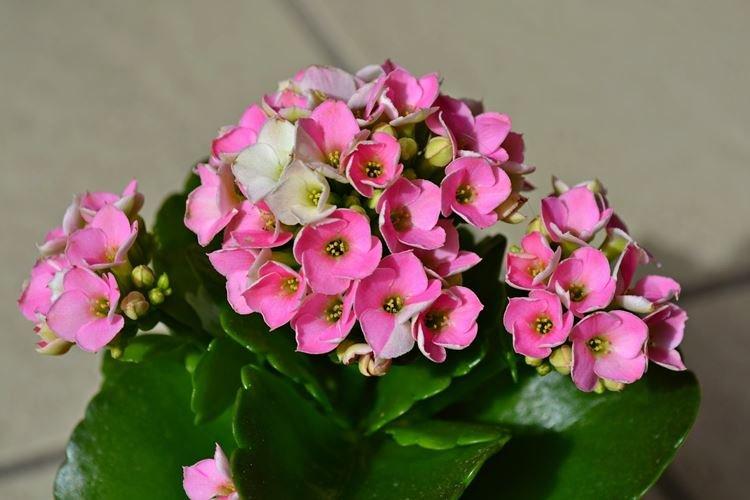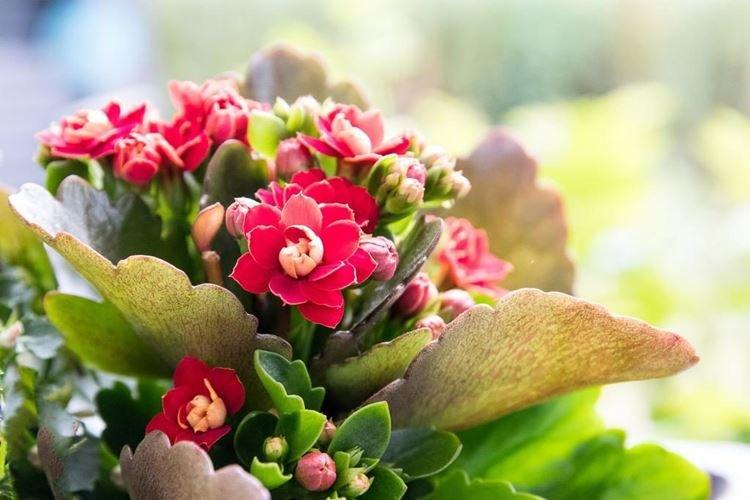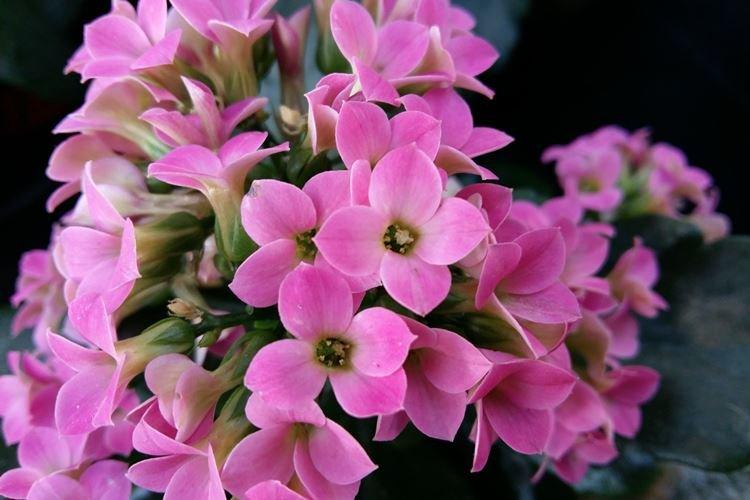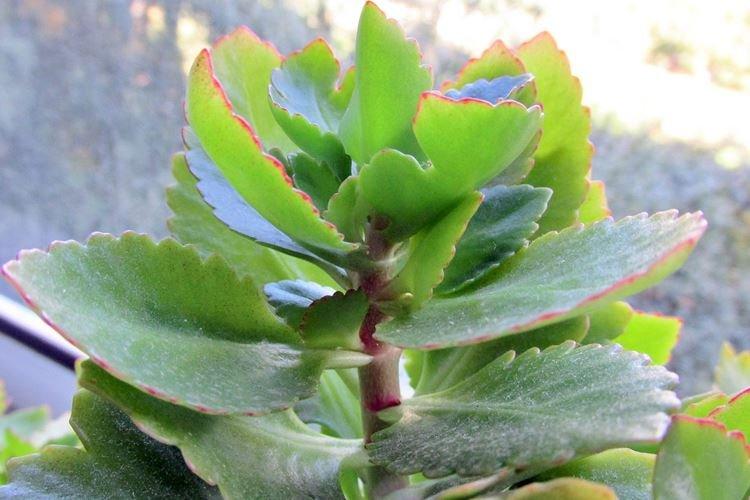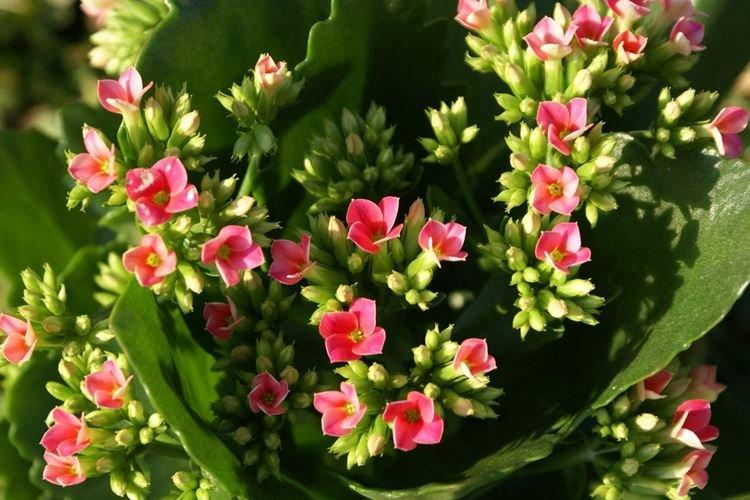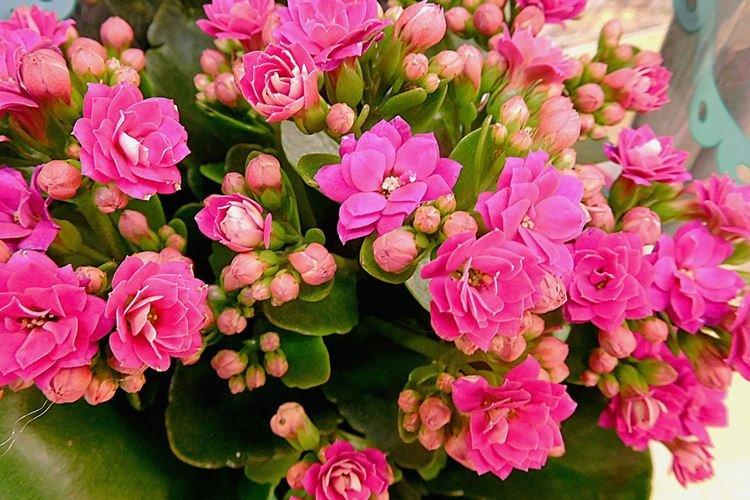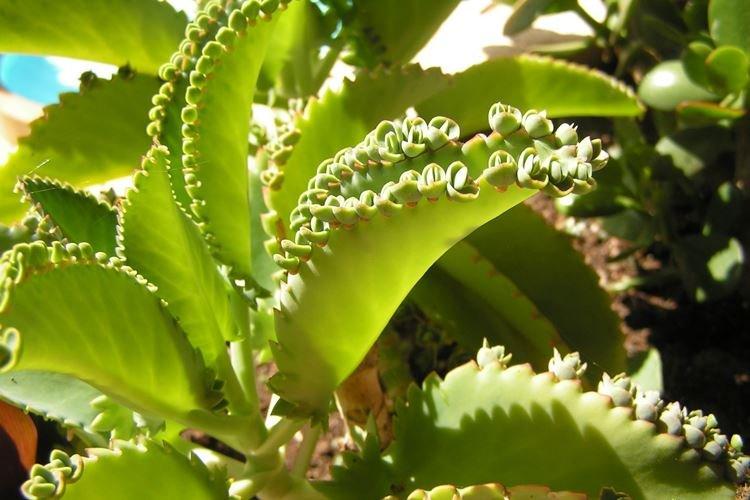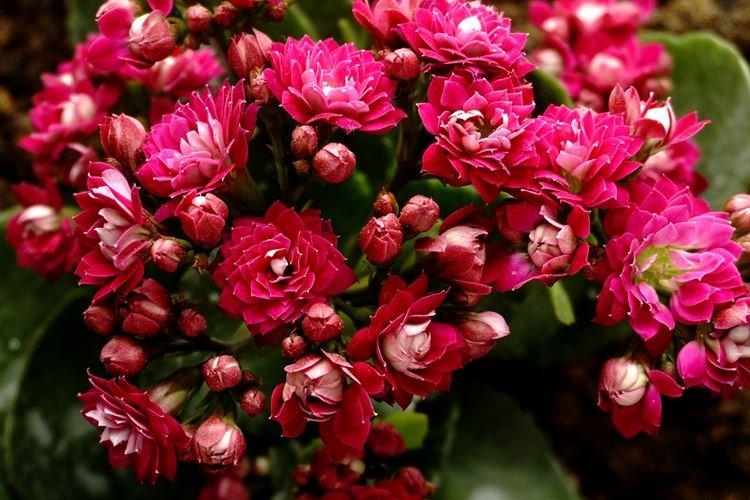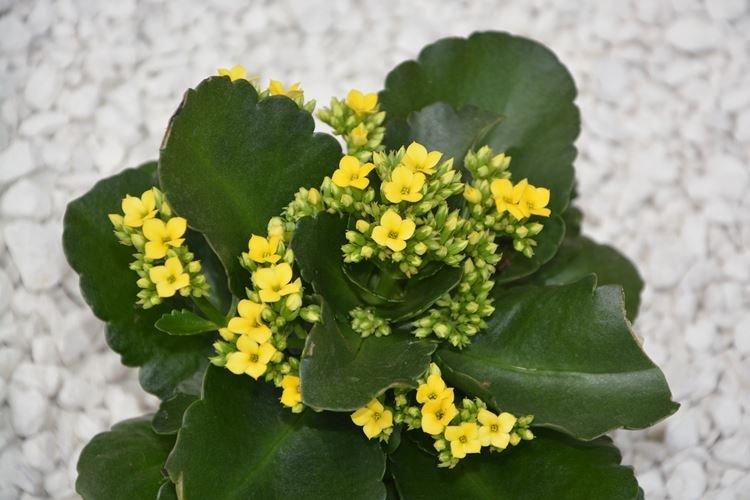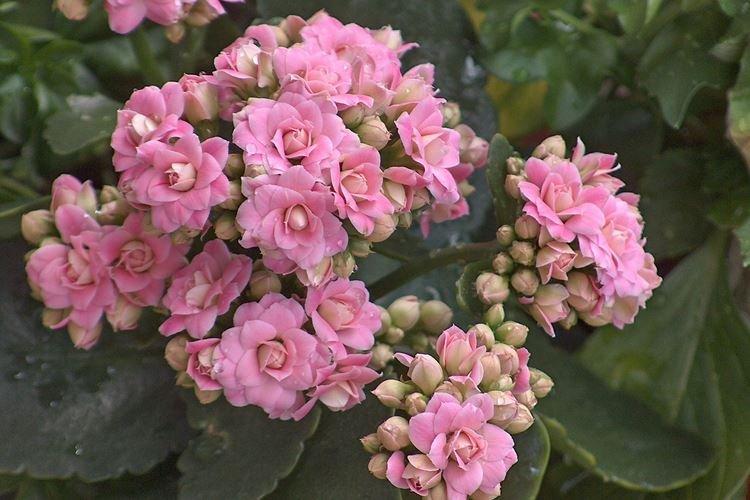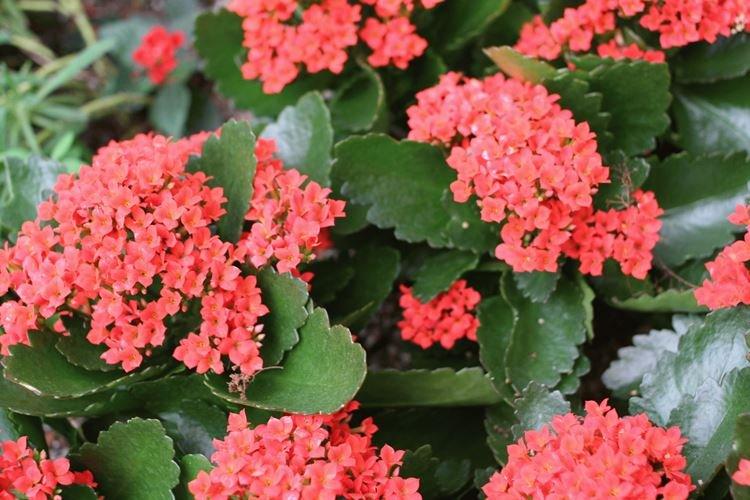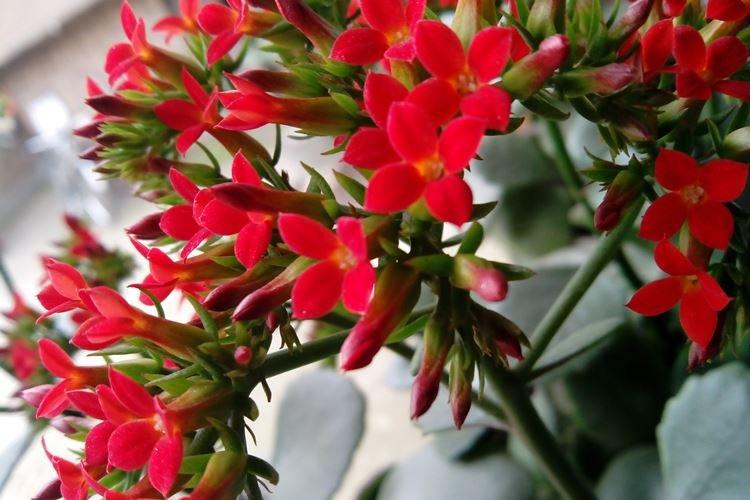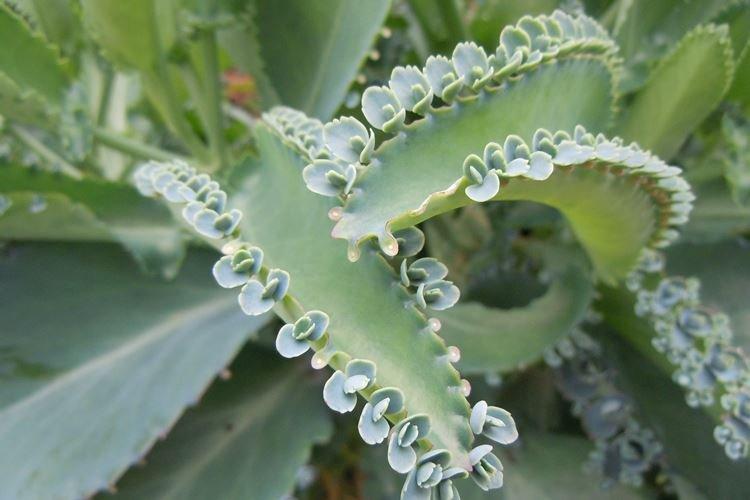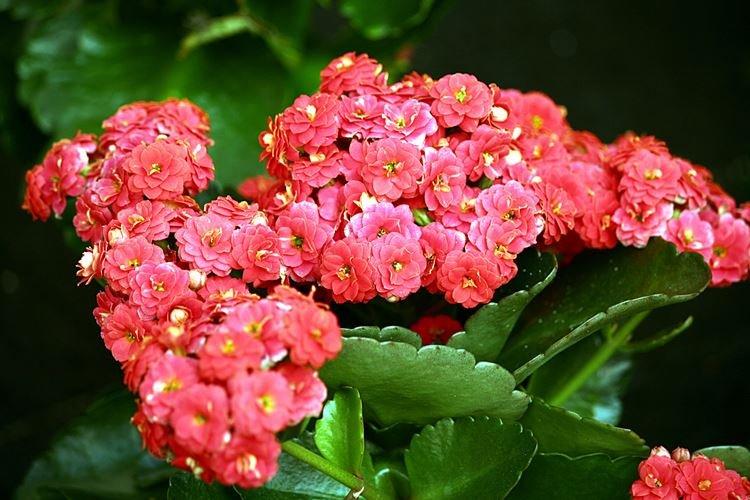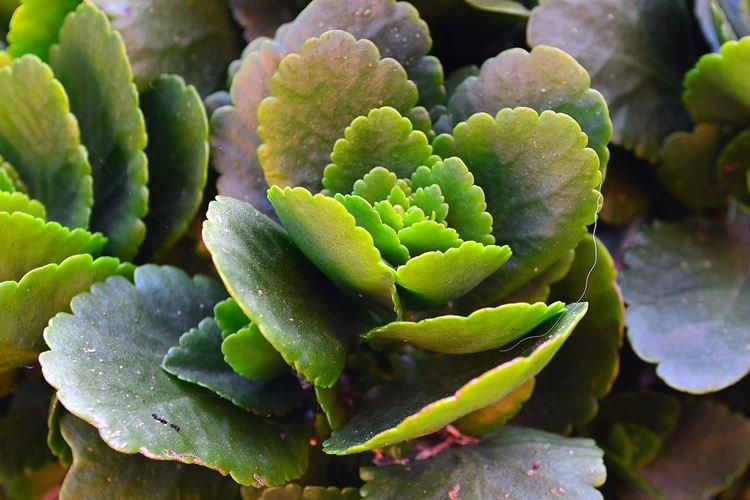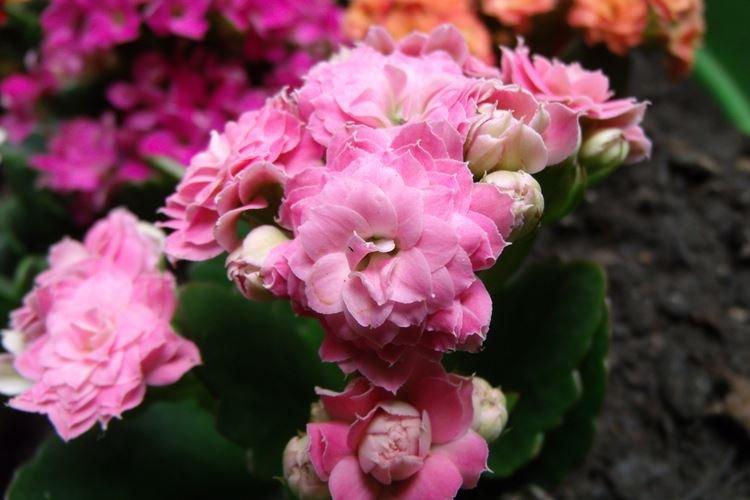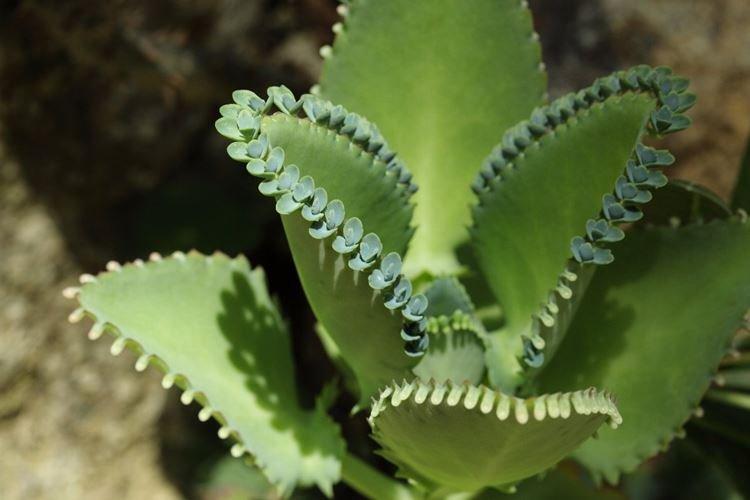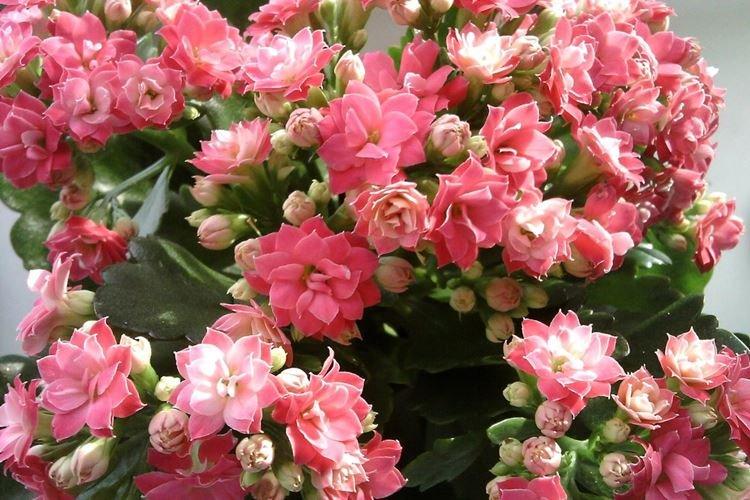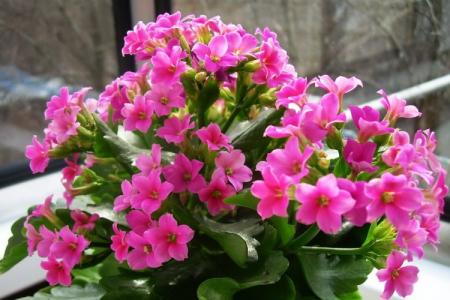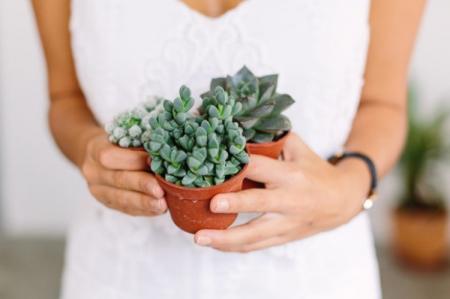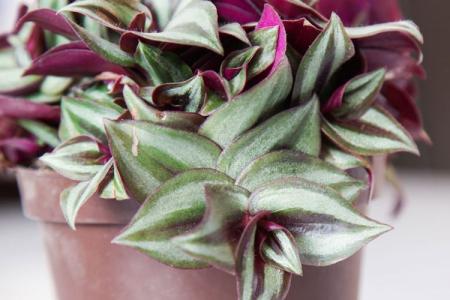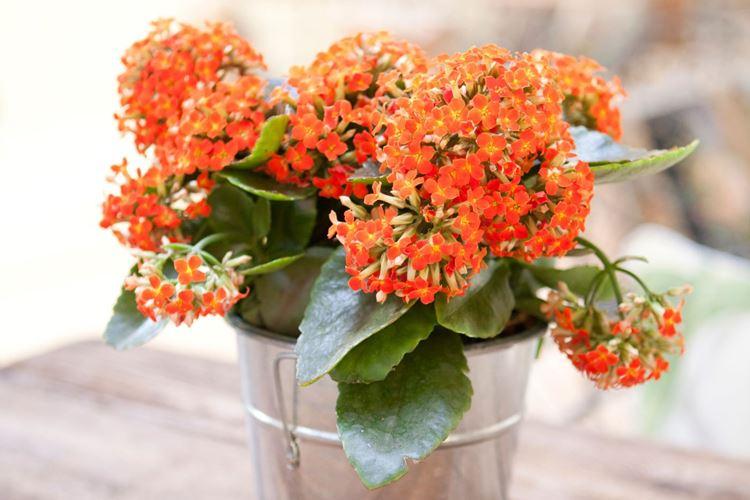
Kalanchoe occupies a special place among domestic plants-healers. His juice was used to treat wounds, inflammations and even ulcers. Over time, decorative varieties appeared that attract with unusual leaves or bright flowering. Let's talk about the varieties and features of Kalanchoe care!
general information
Kalanchoe is a succulent from the Tolstyankov family, which came to us from the warm regions of Asia and Africa. There are very few common features in different species, because among them there are ampelous bushes, lianas, epiphytes and tall shoots-trees growing up to several meters - whatever your heart desires!
Most often, Kalanchoe has large fleshy leaves with a serrated edge, located opposite. But there are also feathery, lobed and other varieties. The drooping flowers are usually colored white, red, yellow, or purple. Among the Kalanchoe, there are a lot of viviparous plants that successfully reproduce on their own.
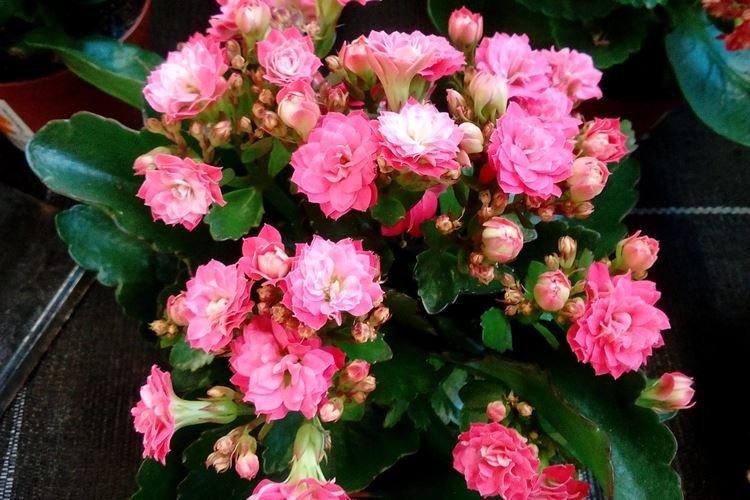
Kalanchoe species
Kalanchoe can look so different that two flowerpots can hardly be attributed to the same genus. And all because there are about 200 varieties in the world. True, only a few of them are usually grown at home.
Kalanchoe Degremona
The variety is not at all decorative, but it is he who is primarily meant when they talk about the medicinal Kalanchoe. Succulent multiplies easily, because its "kids" grow directly on the leaves, and in large quantities.
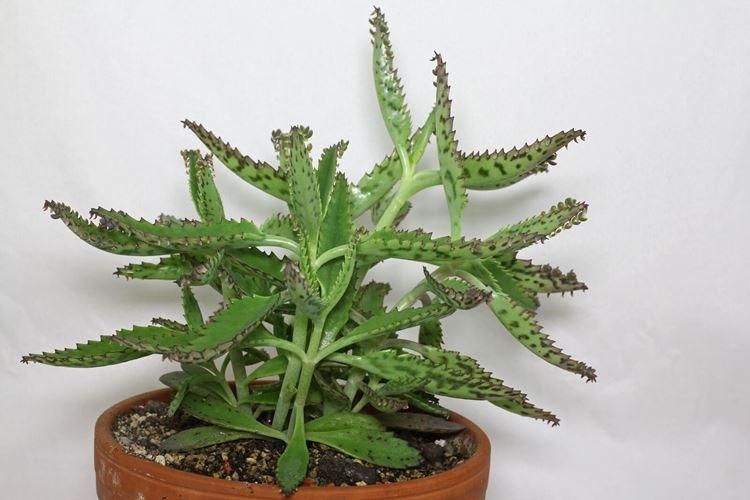
Kalanchoe Blossfeld
A compact decorative bush blooms with bright inflorescence umbrellas. This variety also includes the very popular Kalandiva series with voluminous double flowers.
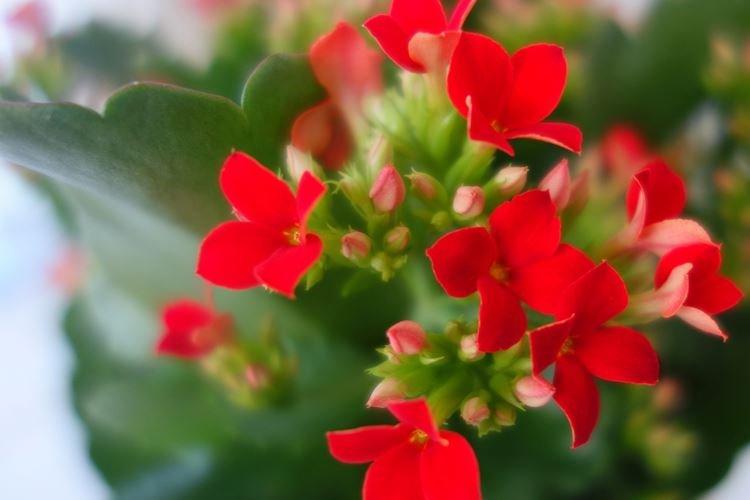
Kalanchoe dissected
Showy long shoots are densely covered with narrow dissected leaves. For its characteristic appearance in everyday life, such a Kalanchoe is called "deer horns".
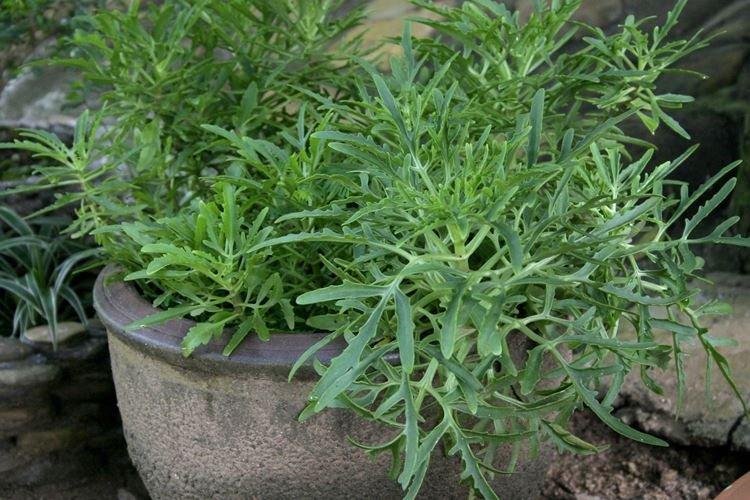
Kalanchoe pinnate
Another medicinal variety reproduces in the same way by "children" on the leaves. The pattern of veins on the elastic leaf blades resembles feathers, which is why the name appeared.
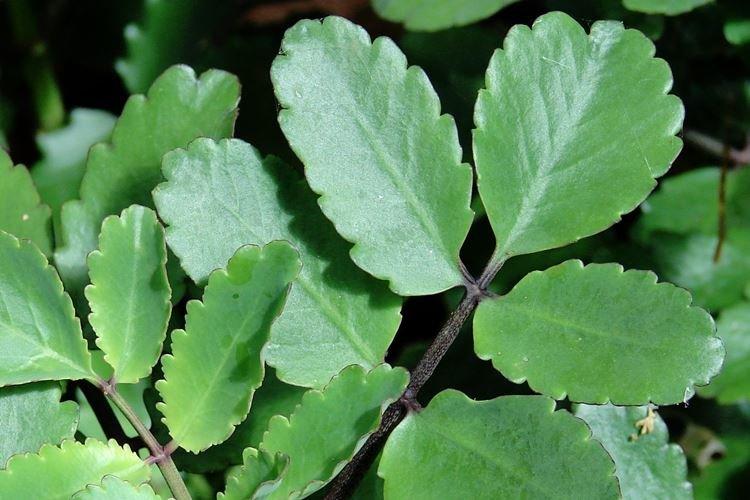
Kalanchoe Mangina
This is a decorative ampelous variety that blooms with scarlet bells. And he also reproduces by "children", because it belongs to the so-called bryophyllum.
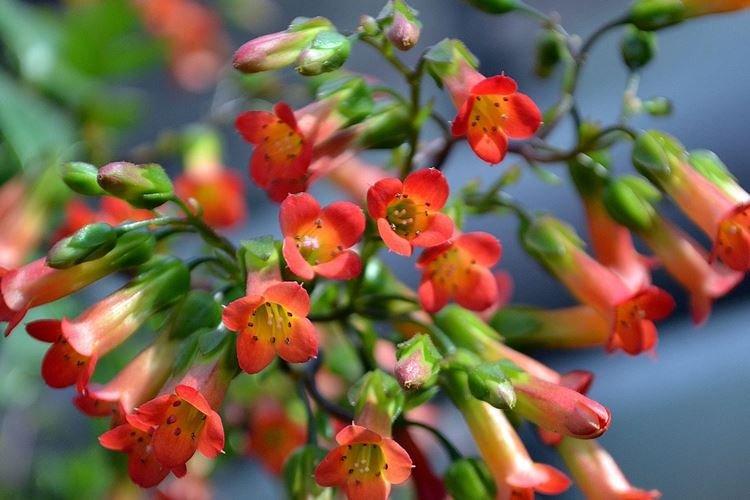
Kalanchoe tubiflora
And again another bryophyllum in the ranks of the Kalanchoe, but this time it can be called decorative. And all because its plates are fancifully wrapped in tubes.
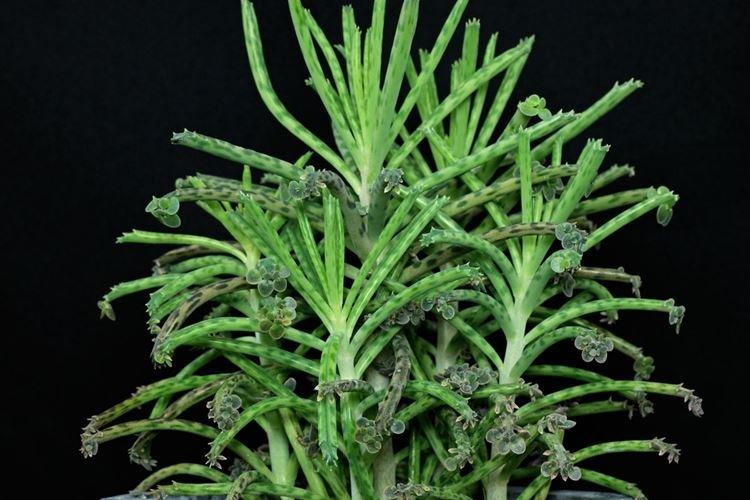
Kalanchoe care
Kalanchoe is a succulent, so it is as unpretentious as possible in care, like all of its brothers. It does not suffer without fertilizers, minimal watering is enough for it, and it almost does not get sick.
Temperature
Kalanchoe loves warmth and feels best at 25 degrees on summer days. In winter, it is recommended to lower the temperature to 15 degrees. However, an unpretentious succulent will easily survive a short-term heat or cold snap outside these limits.
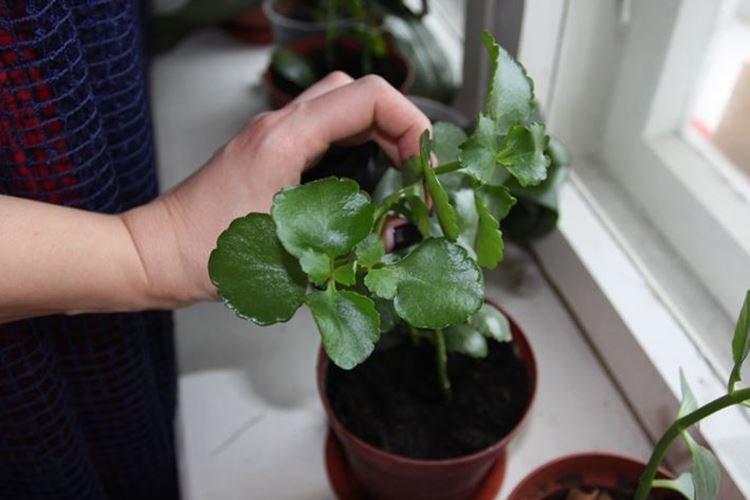
Lighting
Kalanchoe belongs to those few indoor plants that love heat and intense sun. But do not leave it close to the glass, because the leaves may turn red. Keep in mind that the buds of flowering varieties are set with short daylight hours.
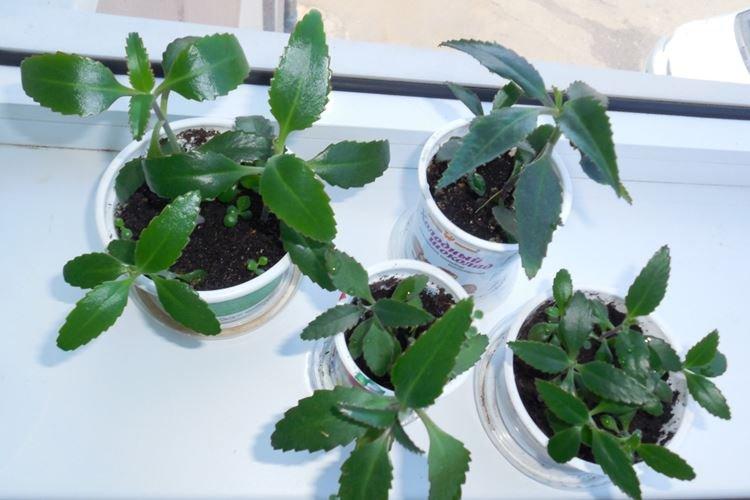
Watering
The fleshy leaves of the Kalanchoe retain enough moisture so that the flower does not have to be watered regularly. Too intense watering can even harm, because the roots rot. Focus on the condition of the soil so that the topsoil dries well, and in winter, reduce the frequency of watering to a minimum.
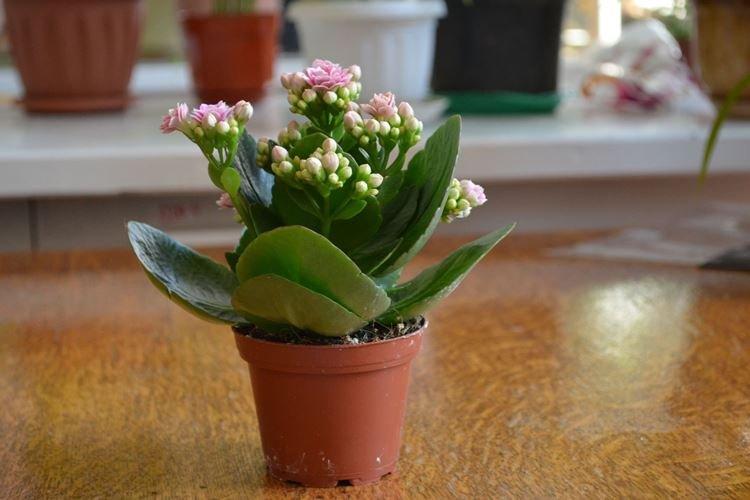
The soil
Kalanchoe is not demanding on the soil, so there will be enough ready-made soil for succulents. A universal one is also suitable, but it must be well loosened with sand or vermiculite. So that the water does not stagnate and the roots do not rot, a thick drainage layer is imperative.
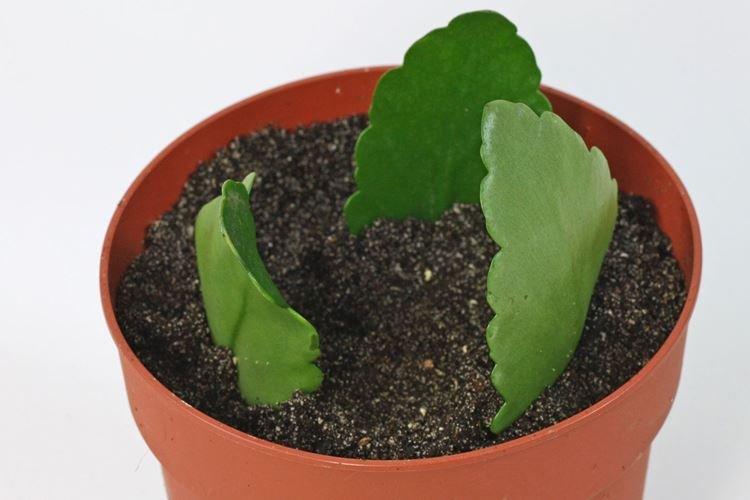
Fertilizers and feeding
Kalanchoe does not necessarily need feeding, but you can fertilize it with complex additives a couple of times during the warm season. Only use no more than half the dosage! Blooming varieties will not interfere with feeding during budding so that they bloom more magnificently and brighter.
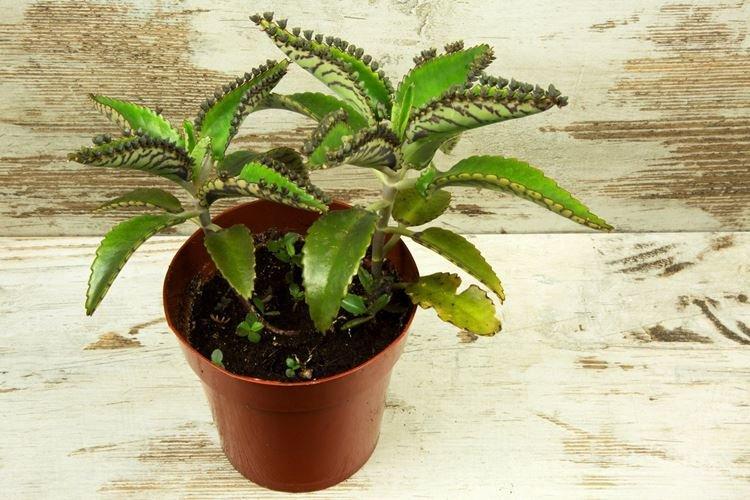
Transplant and reproduction
The easiest way to propagate varieties that belong to bryophyllum. "Children" are ready-made small plants with roots, which are enough to put in a new soil. Other varieties are easiest to propagate with apical cuttings after pruning. It is enough to dry them for a couple of days and immediately stick them into the ground - the plant will quickly take root.
In the same way, Kalanchoe is propagated by leaves stuck with a cut into the ground. Only this is a painstaking process that will take much longer. Succulents are almost never grown from seeds at home, but this is also possible, provided there is a small greenhouse.
Kalanchoe is transplanted as needed - once every couple of years. Only young plants will have to be relocated more often while they are still actively growing out of pots. No need to take too large a flowerpot - just a couple of centimeters larger than the previous one. The succulent plant is transplanted with an earthen clod into the same or as similar soil as possible.
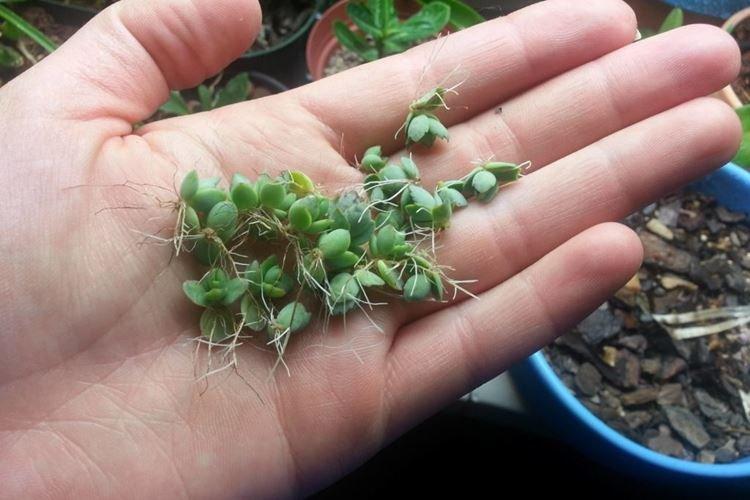
Pruning
Even decorative varieties of Kalanchoe do not remain a pretty bush for long, because they tend to stretch out by nature. Over time, the leaves become smaller, and the flower loses its attractiveness. Therefore, it should be regularly pruned and pinched at the beginning of summer or after the plant has faded.
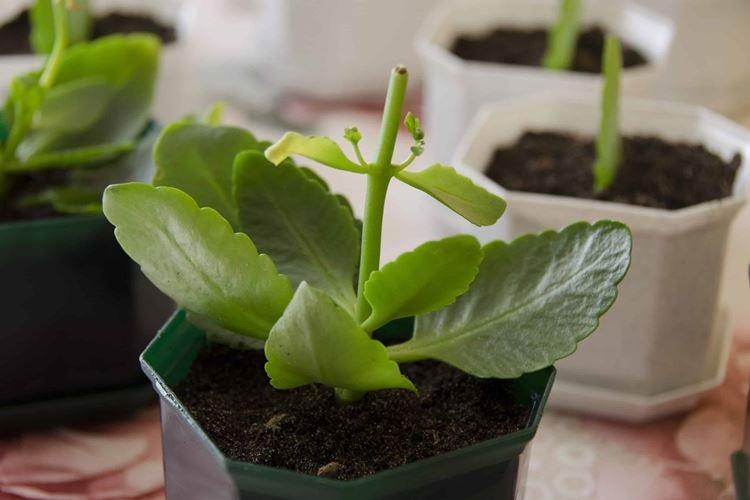
Why doesn't Kalanchoe bloom?
In order for the Kalanchoe to bloom profusely, it needs to reduce daylight hours to 8 hours, and for the rest of the time send it to a dark place. In just a month, flowering buds will form in this mode. If the temperature and the amount of light are maintained, some varieties bloom almost all year round.
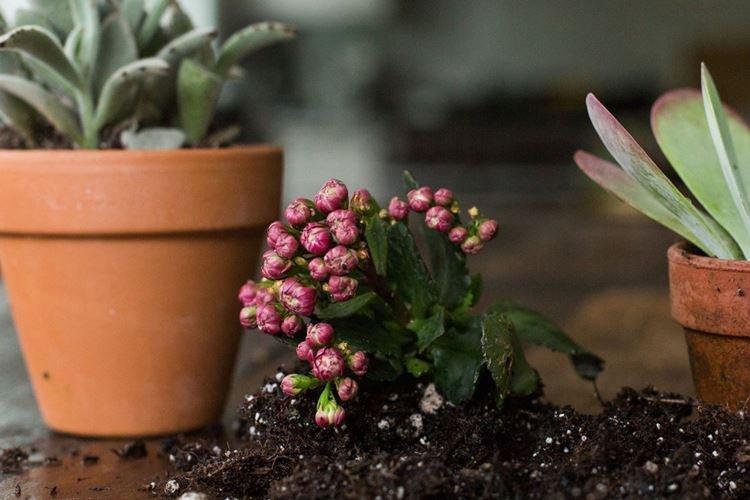
Pest and disease control
Most often, Kalanchoe affects late blight, when the leaves turn brown and curl upward. This is due to excess moisture or lack of fresh air. Powdery mildew, rot and mold appear due to regular overflows of succulent. Less commonly, stem rot occurs due to temperature extremes.
Most diseases are treated with fungicides, sunlight, fresh air, and well-dried soil. Insecticides for indoor plants help from a few pests. Periodically Kalanchoe infects aphids, ticks, scale insects or mealybugs. In the early stages, it is sufficient to treat the leaves with soapy water.
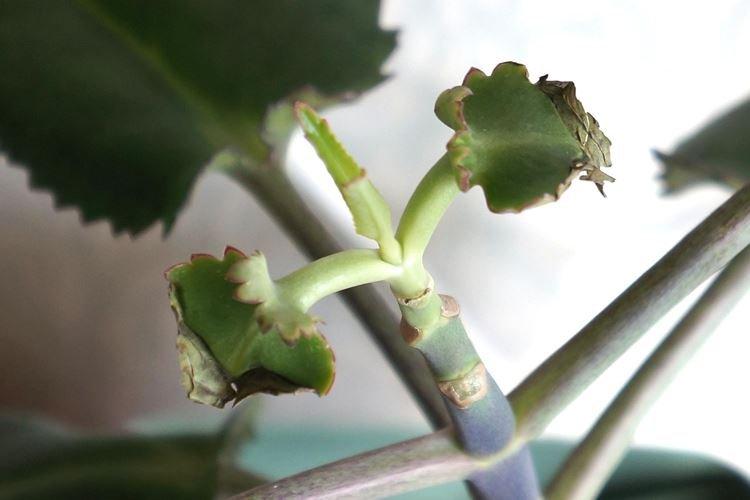
Kalanchoe - photo
Despite the specific appearance, Kalanchoe are also very diverse and cute. Just look at the photo!
